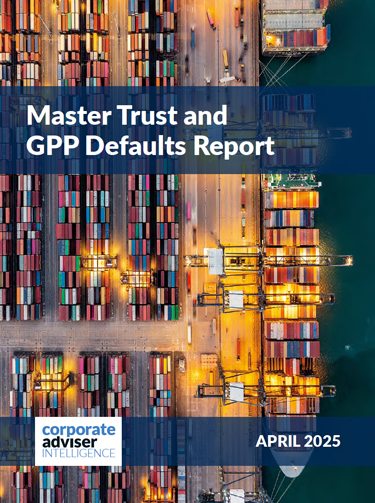Trustees and pension professionals say the majority of DB schemes they are advising on wind-up are looking at a ‘material surplus’ of funds, which could be distributed to employers.
At a recent event of more than 300 pension professionals, 45 per cent said that “about half” of the schemes they were advising would expect to see a a material surplus in excess of 5 per cent of total scheme funds. In addition a further third (32 per cent) of those at the event said more than half of the schemes they advised were in this position.
In contrast around a quarter of these professionals said a “minority” of schemes were in this position with just 1 per cent saying none of the schemes they advised were looking at surplus funds to distribute.
This event was organised by the Society for Pension Professionals (SPP) and looked at the practicalities of distributing surplus DB funds. Forthcoming government legislation is expected to allow employers to access some of these funds, subject to trustee approval.
Participants were also asked what the most important factor is for trustees to consider if they have the power to distribute surplus.
The most important factor, cited by four out of 10 (39 per cent) respondents was to ensure members continued to received benefits in full. But this was
was closely followed by the source of the surplus, cited by 36 per cent of respondents — and whether this was predominantly due to employer or member contributions.
Other considerations included looking at whether the employer has taken “downside” risk of underfunding into account (13 per cent); looking at other aspects of members’ needs, eg inflation protection (8 per cent) and previous practice regarding discretionary benefits (3 per cent). Only 1 per cent thought the employer’s financial position was a key consideration.
Colin Parnell, SPP member and director of de-risking, Capita Pension Solutions, who chaired the event, said; “It was good to see that the majority of attendees whose schemes are heading for wind up might expect a material surplus. It was also fascinating to find the broad range of opinions as to what is viewed as the most important factor for trustees to consider when determining the destination of the surplus.
“As expected, securing existing member benefit promises was the top priority, but most employers will be happy to see that their considerable contributions over the years are also given a very high weighting.
“With many schemes in surplus and headed for wind up, it’s clear that the practicalities of surplus distribution will be front and centre of many trustees’ minds in the months and years ahead.”





